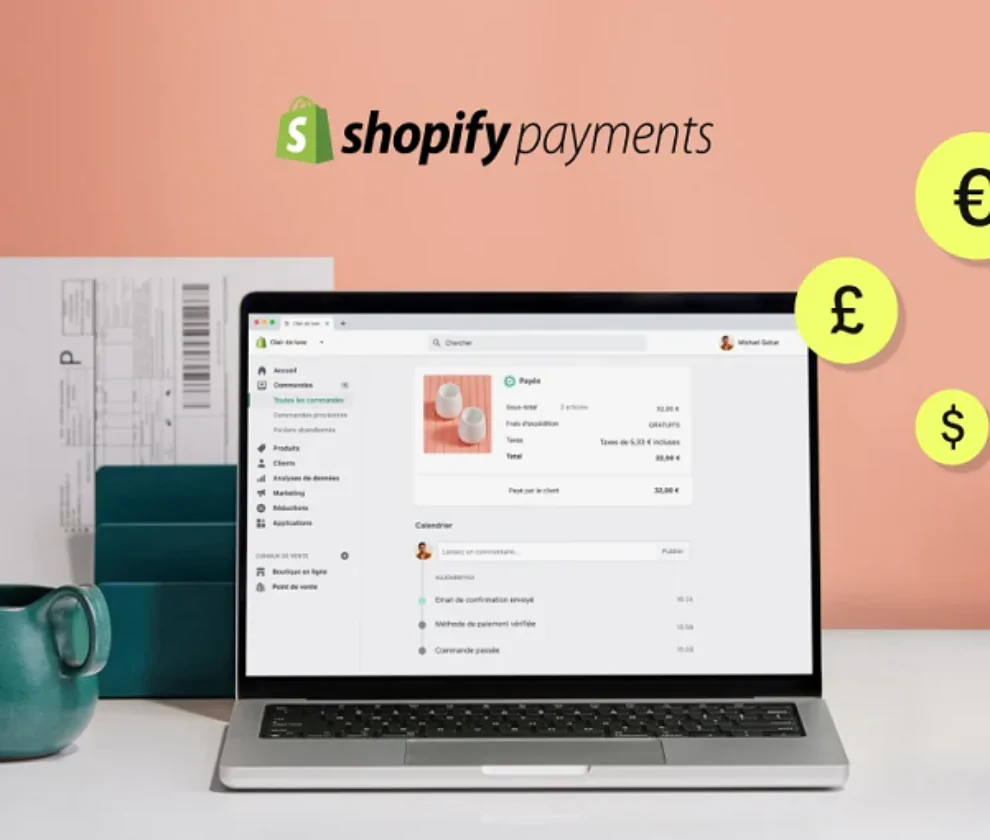
The SaaS SEO Playbook Dominate Search in a Competitive Market
In today’s digital-first economy, the competition for visibility is fiercer than ever—especially in the fast-growing world of Software as a Service (SaaS). With thousands of new startups launching every year, standing out in search results is no longer optional—it’s essential. This is where the SaaS SEO course comes in.
SaaS is the specialized practice of optimizing your SaaS website to drive targeted, high-intent traffic from search engines. But unlike traditional SEO, this niche discipline demands a strategic approach tailored to subscription-based products, long sales cycles, and B2B decision-makers. Whether you’re running a startup or scaling a mature platform, implementing the right SEO SaaS strategy can mean the difference between stagnation and exponential growth.
This playbook will explore what separates winning strategies from average ones. You’ll get actionable insights, real SaaS SEO examples, a step-by-step SaaS checklist, and the tools that top-performing brands use to stay ahead. Also touch on the value of hiring a SaaS firm versus going in-house, and how a well-structured SaaS course can speed up your team’s learning curve.
Whether you’re looking for a free SEO PDF to share with your team or building out your content pipeline for the next quarter. Let’s dive in and turn your product into a discoverable, trusted solution across every stage of the customer journey.
Understand the Nuances of SaaS SEO Strategy
SaaS isn’t just about keywords and backlinks. It’s about aligning content, site structure, and technical SEO with a long customer journey. Unlike eCommerce or local SEO, B2B SaaS requires targeting both top-of-funnel education and bottom-of-funnel conversion queries. This means building authority while nurturing trust.
Key SaaS differences include:
- Targeting decision-makers (not always the end users)
- Longer sales cycles
- Emphasis on lead generation over direct sales
- Feature-rich, benefit-focused content
Because of these differences, it’s important to use an SEO SaaS strategy that’s holistic—balancing technical foundations, strategic content, and conversion-focused optimization.
Build a Rock-Solid Technical SEO Foundation
Before you can scale your content or attract backlinks, your site must be technically sound. Think of it as building on bedrock rather than sand.
Your technical SaaS SEO checklist should include:
- Fast page loading (especially on mobile)
- Indexable pages with clean, crawlable URLs
- Schema markup for features like reviews or FAQs
- Internal linking for topic clusters and product pages
- XML sitemaps and robots.txt files optimized for crawlers
Investing in technical SEO early on prevents compounding issues later. Many companies partner with a SaaS firm to perform site audits and cleanups—especially during rebrands or migrations. If you’re doing it in-house, tools like Ahrefs, Screaming Frog, or Sitebulb are excellent SEO SaaS tools for diagnostics.
Create a Strategic Content Engine
But in SaaS, publishing random blog posts isn’t enough. You need a structured approach based on search intent, product relevance, and funnel stage.
Start by identifying key customer pain points and mapping them to search queries. Then, categorize content into:
- Top-of-funnel (e.g., “What is [problem]?”)
- Mid-funnel (e.g., “[Solution] vs [Alternative]”)
- Bottom-funnel (e.g., “[Product] pricing,” “[Product] reviews”)
This is where a structured SaaS content strategy shines. Build content clusters around your core features and use internal links to guide visitors to related pages.
Need inspiration? Look at SaaS examples from brands like Notion, HubSpot, and Zapier. They dominate organic rankings by blending educational content with feature-driven storytelling.
Consider enrolling your content team in a SaaS course to improve keyword research, copywriting, and on-page optimization. And if your team needs a boost, a reputable SaaS can help build your content roadmap based on proven frameworks.
Optimize for Conversions, Not Just Clicks
Once visitors land on your site, your goal is to move them from interest to action. This means optimizing for:
- Clear CTAs (free trial, demo request, etc.)
- Feature comparisons
- Case studies and testimonials
- Exit-intent popups or chat prompts
- Product-led SEO pages (feature-specific landing pages)
Make sure each page has a defined purpose. A/B test your CTAs and landing pages to improve sign-up rates.
For B2B SaaS SEO, conversion paths are often multi-touch. Use gated content like whitepapers, checklists, or a downloadable SaaS SEO PDF to capture emails and nurture leads over time.
Track, Analyze, and Iterate
You can’t improve what you don’t measure. Use tools like Google Analytics, Google Search Console, and SEO SaaS tools like Semrush or Surfer to monitor:
- Keyword rankings
- Traffic growth by funnel stage
- Conversion rates by page
- Bounce rate and time on site
Review your performance monthly. What’s working? What needs improvement? Use your SaaS checklist as a recurring audit framework.
To sum up, dominating search in the SaaS space takes more than generic tactics—it requires a purpose-built strategy, sharp execution, and consistent iteration. By following the principles in this SEO playbook, you can position your product to be found by the right users, at the right time, with the right message. Whether you build your team internally, hire a SaaS SEO agency, or enroll in a SaaS course to level up, one thing is clear: SEO isn’t a “nice to have”—it’s a growth engine waiting to be unlocked. Ready to take action? Start with our SaaS checklist and let your organic growth journey begin.




